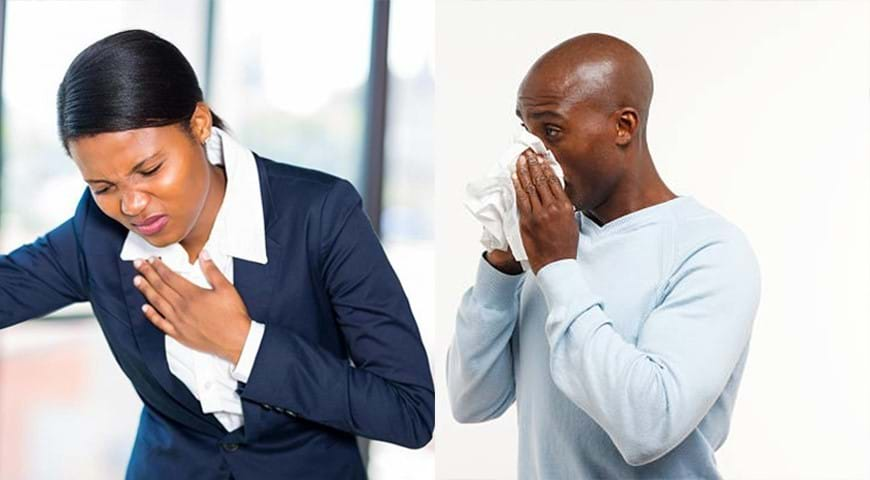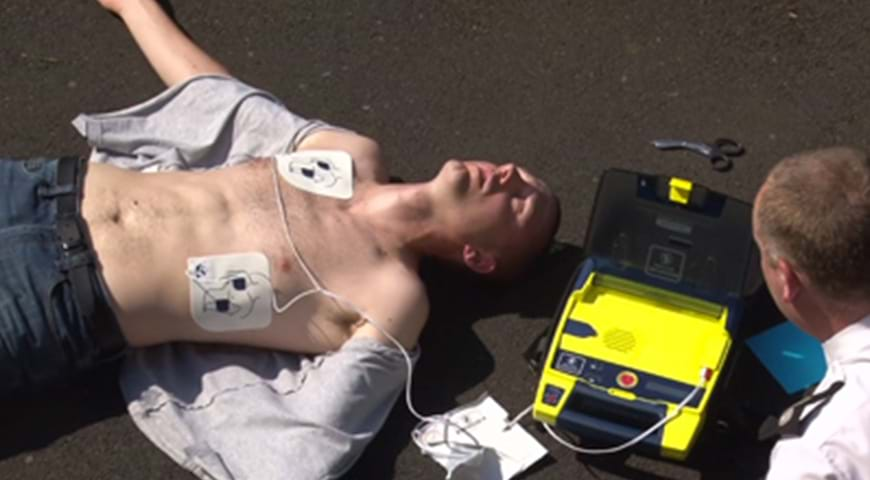What Is CPR?
CPR is an emergency technique used to help someone whose heart and/or breathing has stopped.
When a person’s heart stops, blood stops circulating throughout the body. If a person stops breathing, the blood can’t get oxygen. Therefore, it is vital for people in this emergency situation to receive medical treatment, such as CPR, within the first few minutes of the event.
By administering a combination of manual chest compressions and artificial, or “mouth-to-mouth,” respiration, the rescuer can breathe for the victim and help circulate some of the blood throughout his or her body.
CPR does not restart a heart that has stopped, but it can keep a victim alive until more aggressive treatment (defibrillation) can be administered.
CPR is not difficult to learn, and many organizations offer courses in CPR, including the American Heart Association, the American Red Cross, local community centers, health clubs, and YMCAs.





